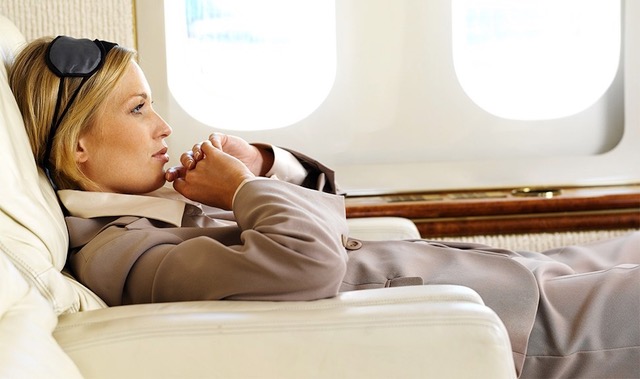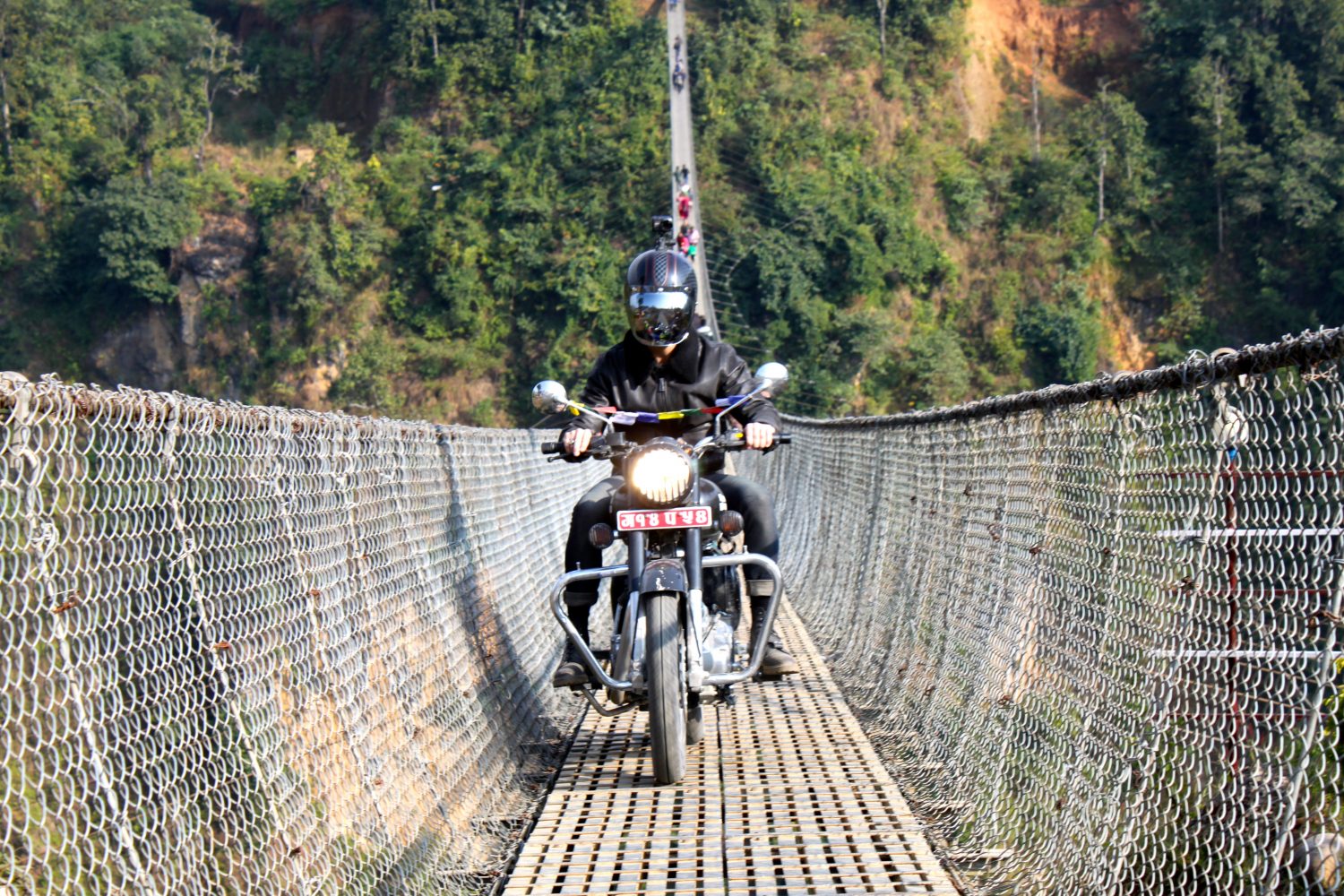
Himalayan Motorbike Trip
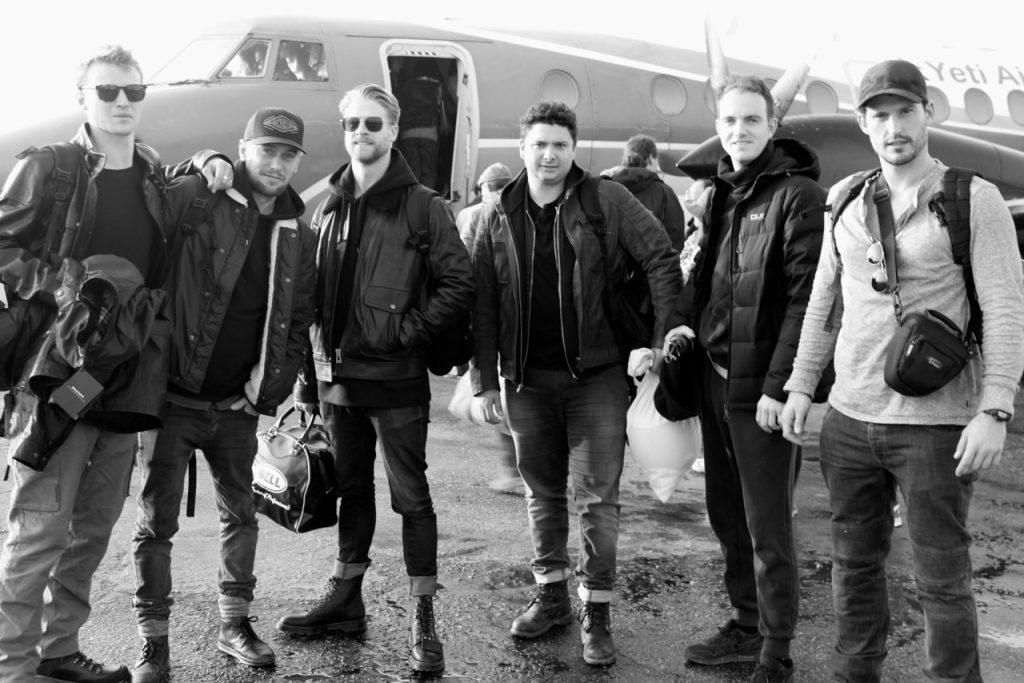
On the 1st of December, while the festive season kicked off in earnest in the UK, my old friends Sam Webb, Tommy Carr, Rupert Stanley, Julian Erleigh, Rory Shearer and I arrived in Kathmandu to begin our challenging motorcycle journey into the heart of the Himalayas. Our mission: to raise money for Gurkha veterans and deliver vital stationary to a school in remote Mustang – all at 4,100m.
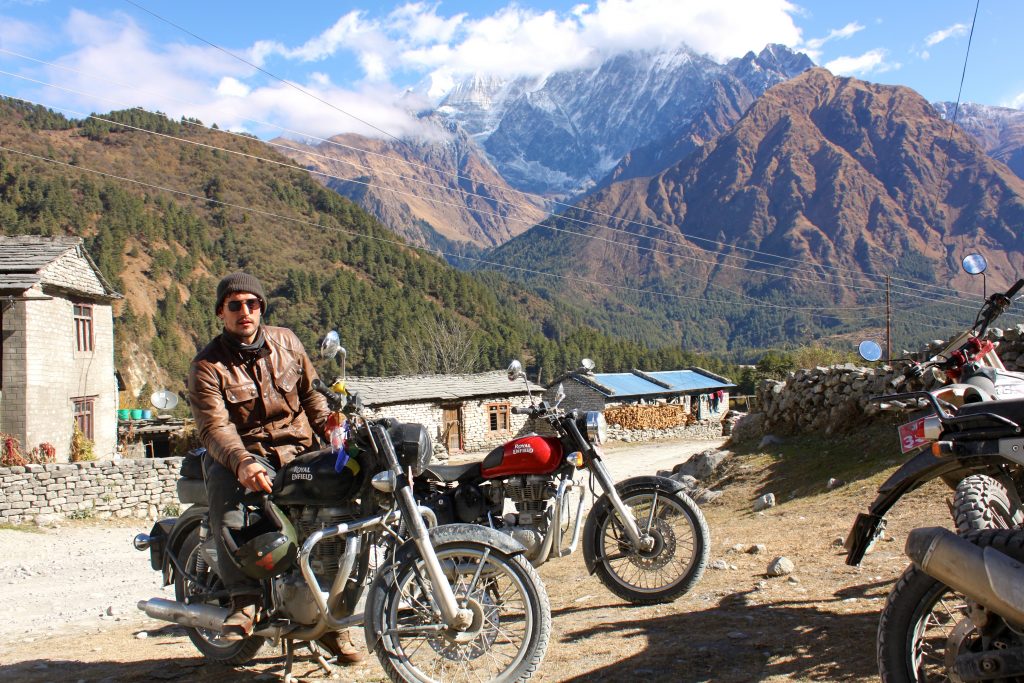
After a night of planning and prep, the team flies to Pokhara, 20 minutes west from Kathmandu to the foot of the Annapurna mountain range in the Himalayas. With peaks standing at 8,0000m and 7,0000m, it is one of the world’s highest mountain ranges on earth.
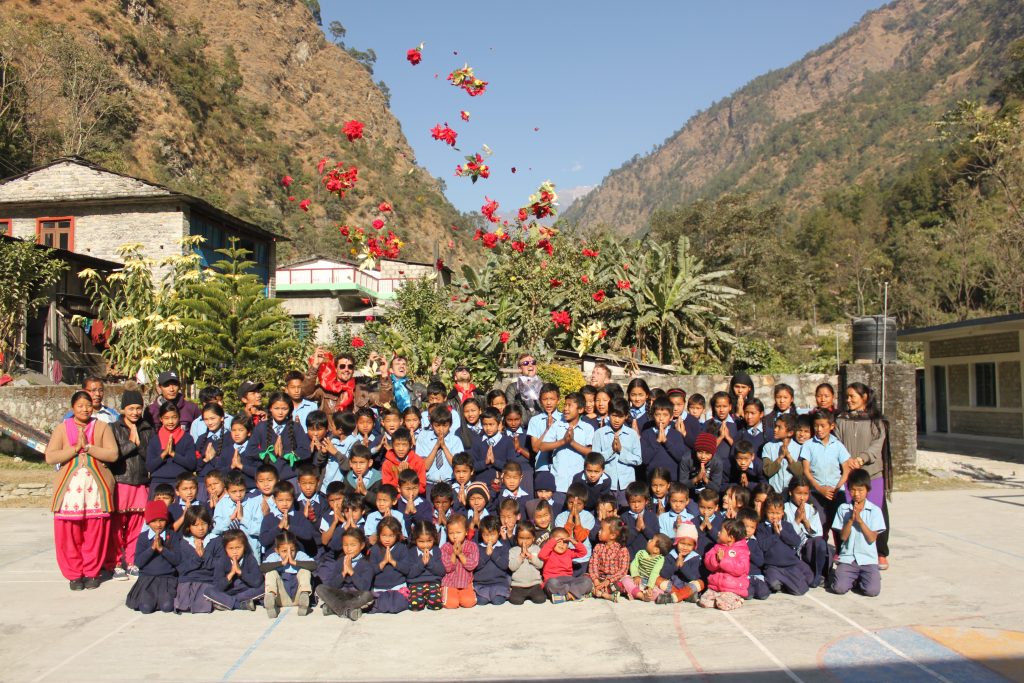
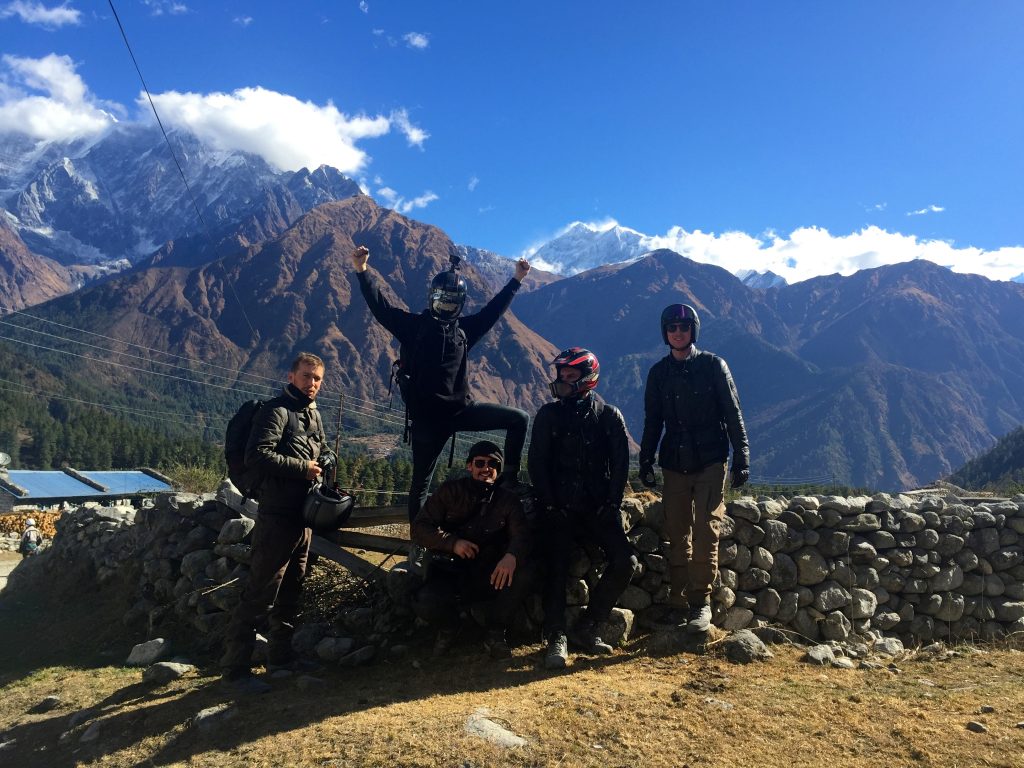
But the arrival in Pokhara doesn’t just bring daunting climbs – it is here that our group of petrolheads are united with their Royal Enfield bikes for the journey: a Classic Bullet 500cc, a Bullet 350cc, a Himalayan 400cc and an Off-Road Crossfire. With a mechanic and support vehicle in tow, we set off on our 700km expedition to the kingdom of Mustang, north west Nepal.
Known (or perhaps unknown) for its steely isolation, Mustang is the second most sparse district in Nepal and was a restricted demilitarised area until 1992. So, as you might imagine, the landscape isn’t terribly friendly – nor is it forgiving. Within our six-day climb from the foothills of the Annapurnas to the 4000m-point of Muktinath in the Mustang plateaux, we face a tough altitude, a vertical single track, the world’s deepest gorge, and must endure river crossings, snowfall, glacier melt, landslides, and navigate the shift in culture from Hindu Nepal to Buddhist Tibet.
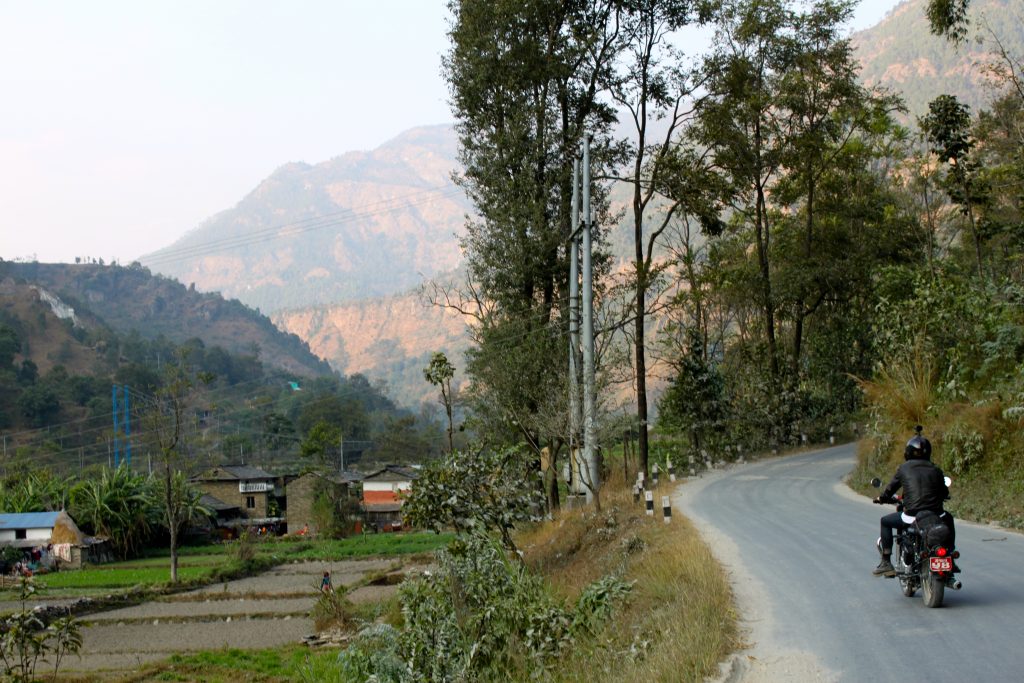
While a dream adventure for bike-lovers, this ride is not for the faint-hearted: and will push our riding, physical stamina and mental strength to the limit. So in homage to the landscape we are crossing and the communities we are meeting, we are fundraising for the Gurkha Welfare Trust (GWT).
The GWT has been working in Nepal since 1969 to “relieve poverty and distress among Gurkha veterans, their dependants and their communities”. The former British Army soldiers, many of whom fought in WWII, were not entitled to pensions – unlike their British counterparts who could rely on the welfare state in old age. Many of the team’s grandfathers fought side-by-side with Gurkha soldiers, so we feel a debt of gratitude to these Nepalese soldiers who gave so much and received so little in return.
Motivated by our mission, day one brings smooth riding, as we gently climb the winding roads that intertwine the start of the steep track to the snow-capped peaks. Aside from learning the rules of the Nepalese roads (there are none) we make the 150km mark and stay for the night in a converted palace once owned by the king of Beni (the district at the foot of the Mustang valley).
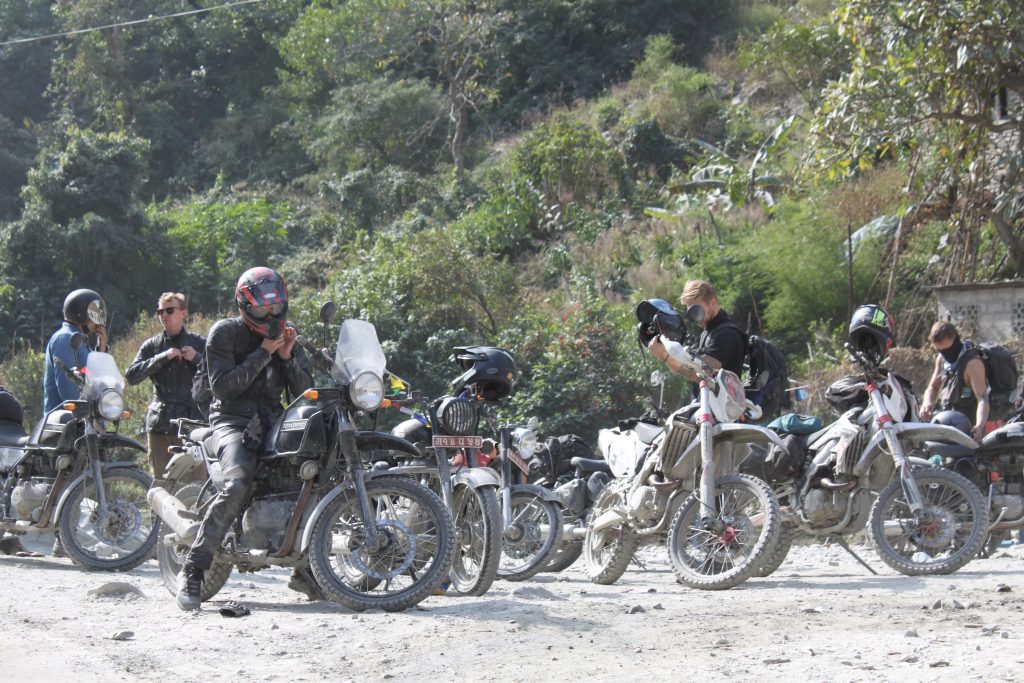
That night we visit Myagdi Capt (Ret’d) Tirtharaj Gurung, a Gurkha veteran. A typical army type, he is welcoming, and tells enchanting tales accrued over his 20 years of service.
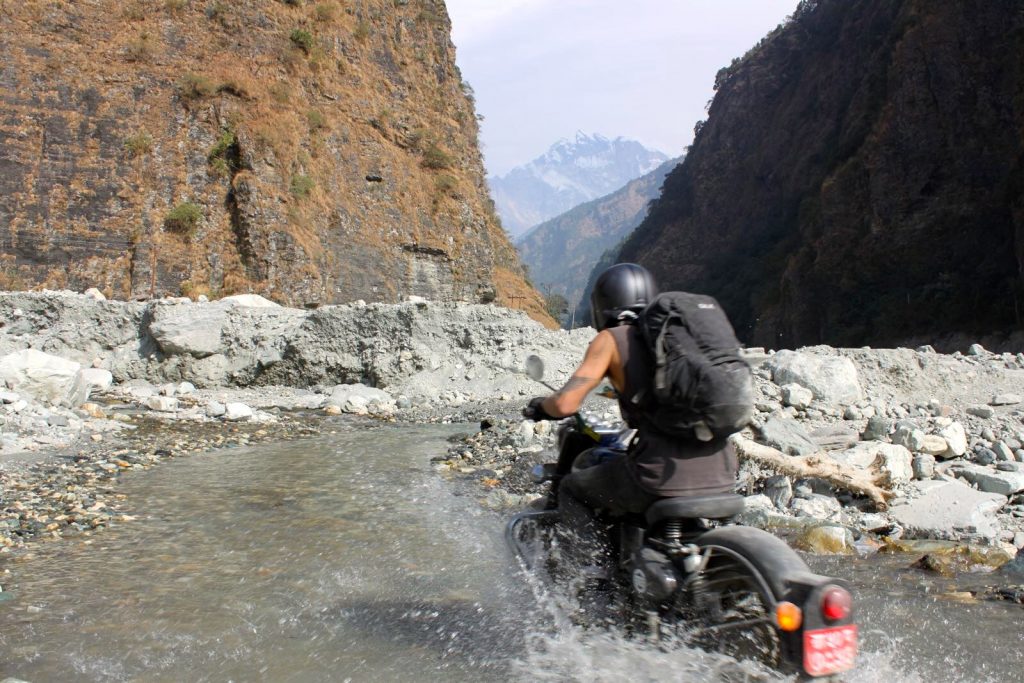
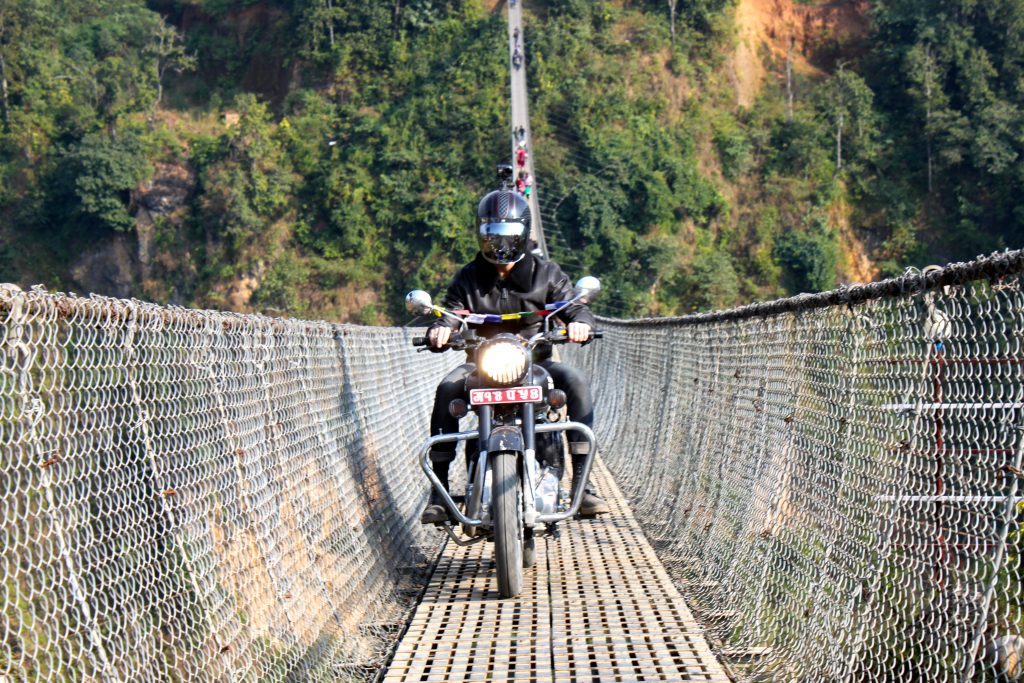
The next day it’s a steep change of terrain, as the north-ward journey up the Mustang valley brings landslides, vast granite boulders and intrepid tracks towards the high Himalayas.
As nightfall draws in we make it to Kalopani after surviving the steepest ascent along the route. That evening we sleep in a local lodge next to the seventh highest summit in the world – Dhaulagiri 1 at 8,167m high.
We reach the last remaining pine forest before reaching an altitude where trees can no longer grow. The terrain turns into semi-arid mountainous country, and then mayhem ensues.
Slipping on loose earth, Rupert’s bike comes down on his left leg – tearing ligaments and breaking his ankle with the impact. It is painful for the group to watch our friend in pain, and excruciating for Rupert, who is in physical pain and also crushed at the prospect of his journey ending.
The cost of the fall is time with a specialist in London, the stitching of ligaments, plus pins and plates for the break. This is when we feel the chill of Mustang’s remoteness – as due to our isolation and the weather closing in, we are unable to bring in a chopper for a helicopter evacuation. Rupert soldiers on for two days following the bikes in the support vehicle: waiting for the weather to clear or for some sort of miraculous healing to run its course.
Four days in and we are extremely close to arriving at their summit, but are battling with the dense lethargy that extreme altitudes gift a mountain’s challengers. December is the best month to take up such a journey in this region, as records show at least 27 days out of the month are flooded with sun. But Muktinath and the Thorong La pass have other plans – and instead cover us in a pure white, generous snow.
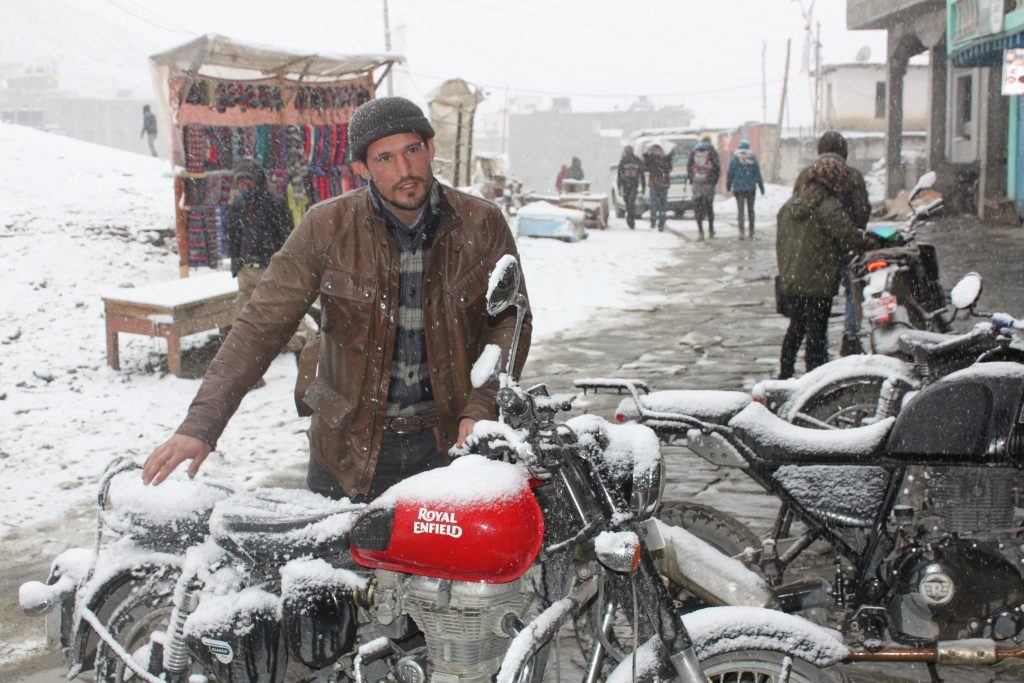
Near the summit we visit the Tiplyang Shree Kalika School at 3000m, and deliver their vital supplies. The children, dressed in their fetching uniform of two shades of blue, are forthcoming and curious, while the older ones are shy and a little cautious. They are grateful and seem genuinely pleased to see us – warming our weary states.
Back on our bikes the views are far from what we expected, but the glistening, almost intimidating scenes of the summit in the snow make for a heady sense of victory. Celebrations, in the form of masala tea, Yak steak and a sound sleep, are in order.
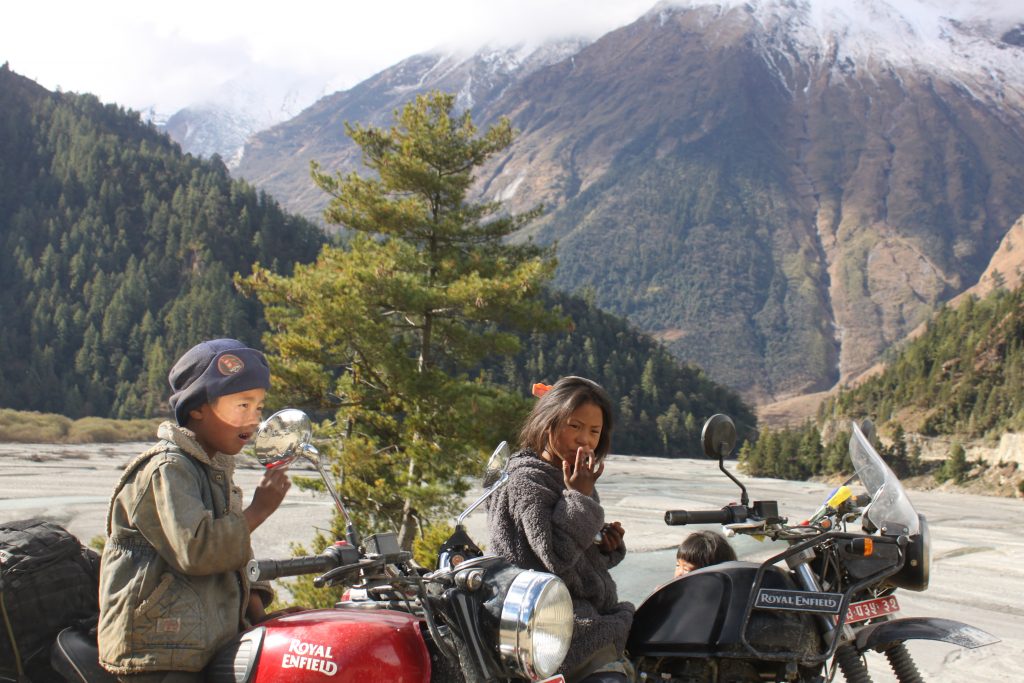
Then it’s a slow, steady descent in harsh conditions, with the weather eventually easing up and allowing for Rupert to be evacuated off the mountain. Blue skies greet the remaining riders on the summiting days and, post snow, the mountain views are totally breathtaking. This beats any boozy festive pub session back home.
To contact Jack Baucher click here
